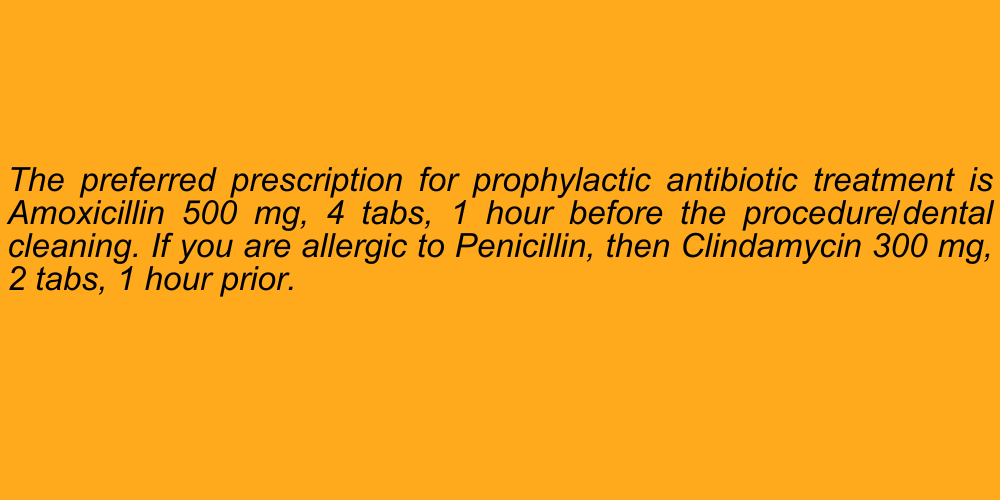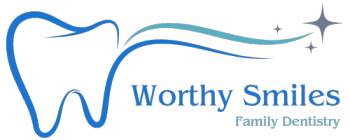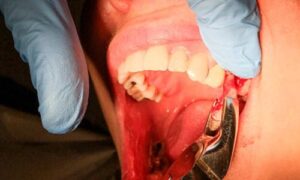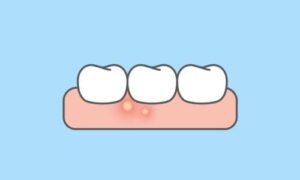Introduction of Amoxicillin as an antibiotic
The quest for faster wound healing is a topic of significant interest in healthcare. Wounds can be painful and inconvenient from injury, surgery, or other causes. Many individuals seek ways to accelerate the healing process, and one question that arises is whether antibiotics like amoxicillin can aid in this endeavor. In this article, we will explore the role of amoxicillin in wound healing. Does amoxicillin help wounds heal faster? What is its mechanism of action, what are its potential benefits, and what are some important considerations? All these questions are answered here:
Understanding Amoxicillin Helps Wounds Heal Faster:
Amoxicillin belongs to a class of antibiotics known as penicillins. It is widely prescribed for treating various bacterial infections, ranging from respiratory tract infections to skin and soft tissue infections. Amoxicillin works by inhibiting the growth of bacteria, ultimately leading to their death. It achieves this by interfering with the synthesis of bacterial cell walls, weakening the bacteria’s structural integrity and making them more susceptible to the body’s immune defenses.
The Role of Antibiotics in Wound Healing:
When it comes to wound healing, antibiotics play a crucial role in preventing or treating infections. Infections can impede the healing process by prolonging inflammation, causing tissue damage, and delaying the formation of new tissue. By targeting and eliminating harmful bacteria present in or around the wound, antibiotics help create a favorable environment for healing to occur. However, it’s important to note that not all scars require antibiotics, and their use should be guided by a healthcare professional based on factors such as the type, severity, and risk of infection associated with the wound.

Does Amoxicillin Specifically Promote Faster Wound Healing?
While amoxicillin can effectively combat bacterial infections, its direct role in accelerating wound healing needs clarification, such as topical agents or growth factors specifically designed to enhance wound healing processes; amoxicillin primarily targets bacteria rather than directly stimulates tissue repair. That being said, by resolving or preventing bacterial infections, amoxicillin indirectly supports the body’s natural healing mechanisms, allowing it to operate more efficiently.
Potential Benefits of Using Amoxicillin for Wound Healing:
Although amoxicillin may not directly speed up wound healing, its use can offer several potential benefits in the context of wound management:
Infection Prevention:
One of the primary benefits of using amoxicillin in wound care is its ability to prevent or treat infections. By eliminating harmful bacteria that could otherwise compromise the healing process, amoxicillin helps reduce the risk of complications and promotes optimal wound healing.
Reduced Inflammation:
Infections are often accompanied by inflammation, which can exacerbate pain, swelling, and tissue damage. Amoxicillin can help mitigate inflammation by resolving bacterial infections, allowing the body’s natural healing mechanisms to function more effectively.
Enhanced Comfort:
Wounds that become infected are typically more painful and uncomfortable. By addressing bacterial infections promptly, amoxicillin can alleviate discomfort associated with wound-related infections, improving the overall patient experience during the healing process.
Facilitated Tissue Repair:
While not a direct effect of amoxicillin, the resolution of bacterial infections can indirectly support tissue repair by creating a more conducive environment for the proliferation and migration of cells involved in wound healing, such as fibroblasts and keratinocytes.
Important Considerations for Does Amoxicillin help wounds heal faster
Despite the potential benefits of using amoxicillin for wound healing, several important considerations should be kept in mind:
Antibiotic Resistance:
The widespread use of antibiotics has contributed to the emergence of antibiotic-resistant bacteria, posing a significant global health threat. To mitigate the risk of antibiotic resistance, it is essential to use antibiotics judiciously and only when necessary. Healthcare professionals should carefully evaluate the need for antibiotics in wound management and consider alternative strategies where appropriate.
Allergic Reactions:
Amoxicillin belongs to the penicillin class of antibiotics, and individuals with a known allergy to penicillin or other beta-lactam antibiotics should avoid its use. Allergic reactions to amoxicillin can range from mild skin rashes to life-threatening anaphylaxis, necessitating prompt medical attention.
Side Effects of Using Amoxicillin on Wounds to Heal Faster:
Like all medications, amoxicillin can cause side effects, including gastrointestinal disturbances such as nausea, vomiting, diarrhea, and abdominal pain. While these side effects are generally mild and transient, they can impact patient compliance and overall treatment outcomes.
Consultation with Healthcare Professionals:
The decision to use amoxicillin for wound healing should be made in consultation with a healthcare professional, such as a physician or wound care specialist. These professionals can assess the wound’s specific characteristics, evaluate the risk of infection, and determine the most appropriate course of treatment based on individual patient needs.
Conclusion: Does Amoxicillin Help Wounds Heal Faster
While amoxicillin is an effective antibiotic for treating bacterial infections, its role in promoting faster wound healing is indirect. Amoxicillin helps create an optimal environment for wound healing by targeting and eliminating bacterial pathogens. However, its use should be guided by healthcare professionals and based on the specific clinical context of the wound. As with any medication, the potential benefits of using amoxicillin for wound healing must be weighed against the risks, including antibiotic resistance and possible side effects. Comprehensive wound management requires a multidisciplinary approach considering various factors to optimize patient outcomes.
Amoxicillin and Wound Healing: FAQs for Dental Patients
Q: Does amoxicillin help wounds heal faster after a dental procedure?
Amoxicillin is an antibiotic whose primary benefit is preventing infection in wounds, not necessarily speeding up healing itself. After a dental procedure, especially one that involves a surgical incision (like wisdom tooth removal), your dentist might prescribe amoxicillin to reduce the risk of bacteria entering the wound and causing complications.
Q: When would a dentist prescribe amoxicillin after a dental procedure?
There are several factors a dentist considers when deciding if amoxicillin is necessary:
- Type of procedure: Surgeries, deep cleanings (scaling and root planing), or procedures on patients with a high risk of infection are more likely to warrant antibiotics.
- Patient’s health: People with compromised immune systems or certain health conditions might need antibiotics more often.
- Risk of infection: If signs of infection present before the procedure, amoxicillin might be prescribed beforehand.
Q: Should I take amoxicillin if I don’t have any signs of infection?
Always follow your dentist’s specific instructions. They will determine if amoxicillin is necessary based on your case. Taking antibiotics unnecessarily can contribute to antibiotic resistance, a growing health concern.
Q: What if I forget to take amoxicillin after my dental procedure?
If you miss a dose, take it as soon as you remember. However, if it is close to the time for your next dose, skip the missed dose and continue with your regular schedule. Don’t take a double dose to make up for a missed one.
Q: What are some side effects of amoxicillin?
The most common side effects of amoxicillin are mild and include diarrhea, nausea, and stomach upset. Contact your doctor immediately if you experience any severe side effects, like a rash or difficulty breathing.
Read More:
- Understanding Types of Gum Boils and Their Impact on Teeth
- Does Hydrogen Peroxide Cure Gingivitis? Exploring Its Role in Oral Health
- Avoiding the Dental Pothole: How to Protect Your Front Teeth
- Does Gum Tissue Define Your Jawline? Unveiling the Secrets of a Sharp Profile
- The Straight Truth: Do Clear Aligners Hurt?
- Understanding Dental Cupping: What It Is and How to Prevent It














